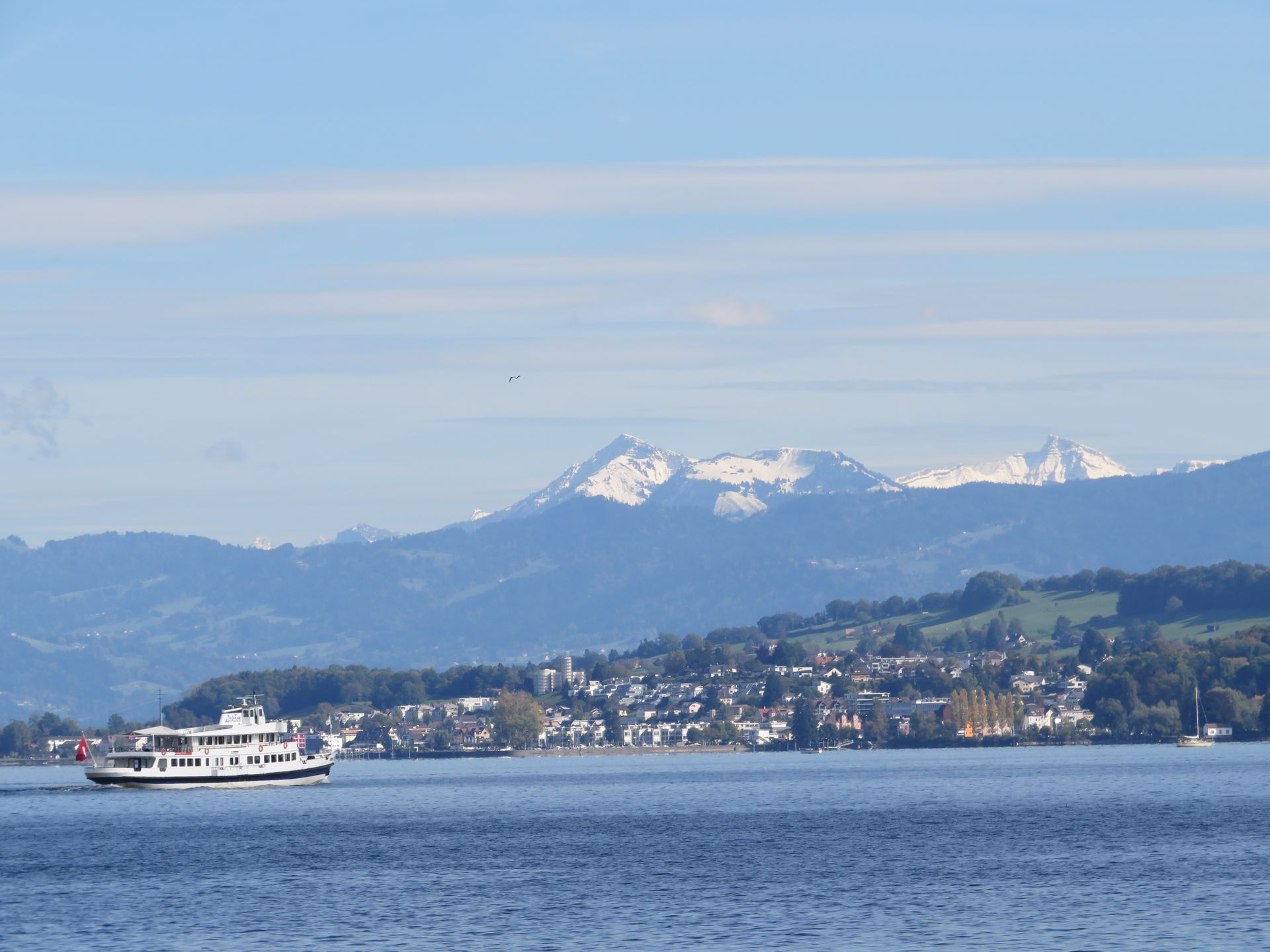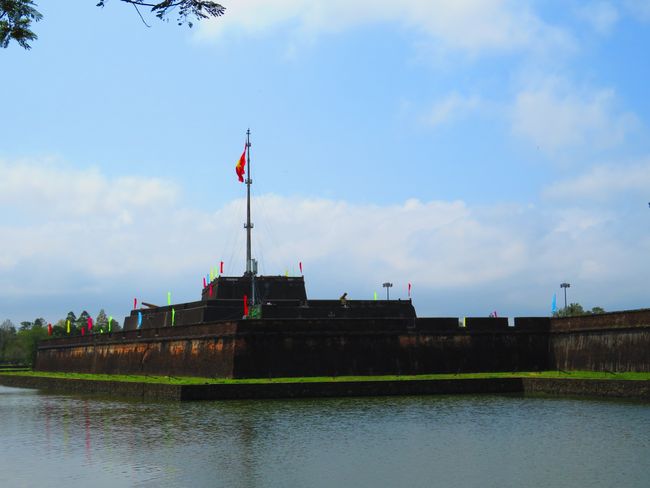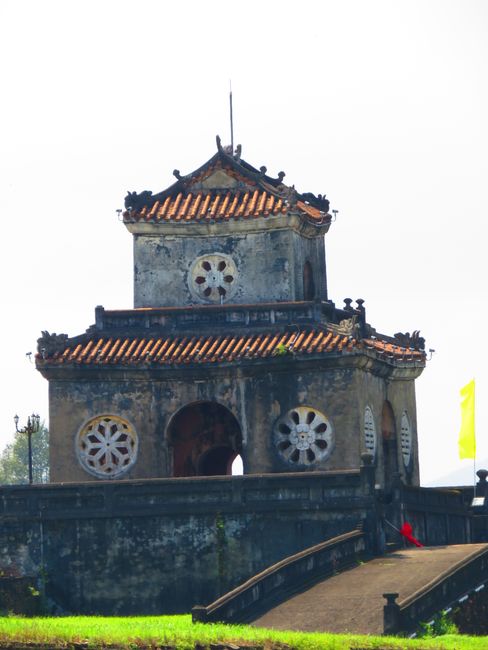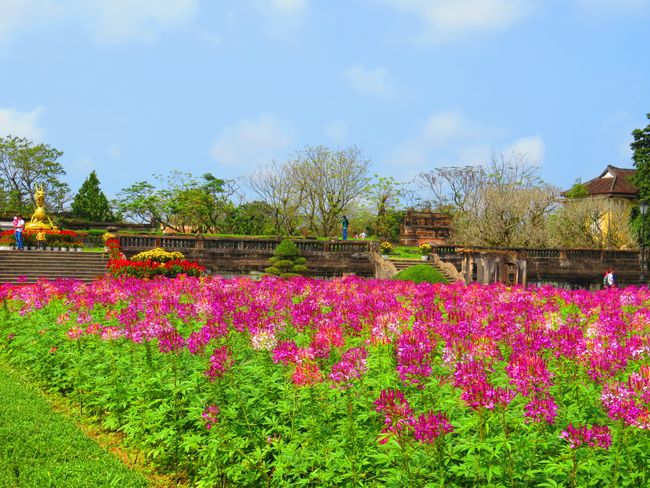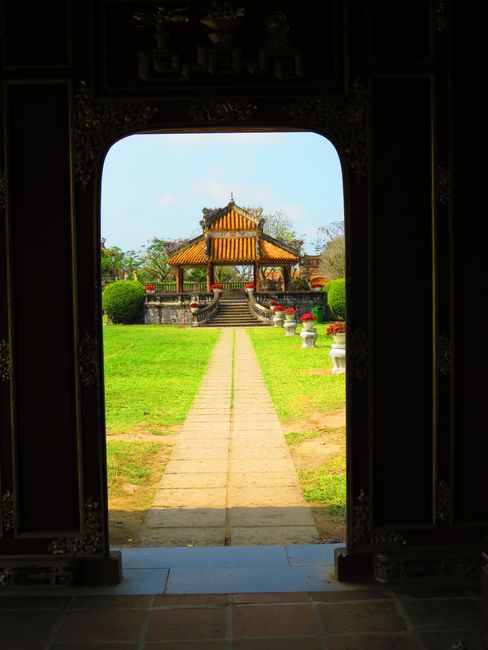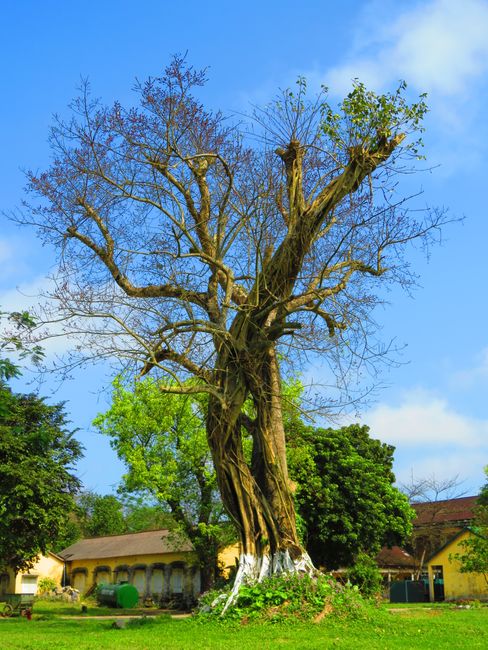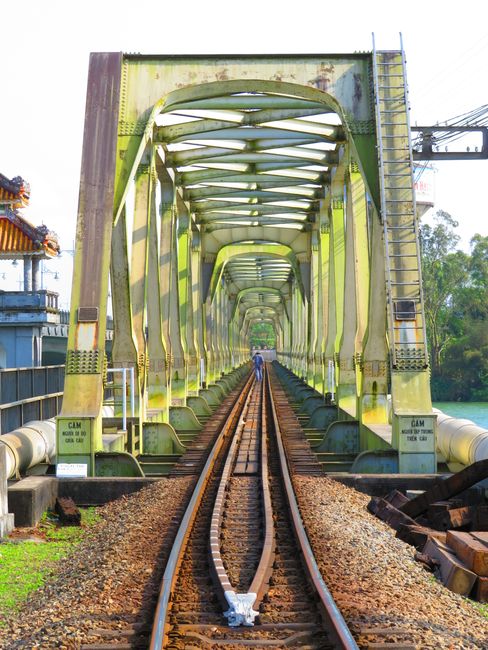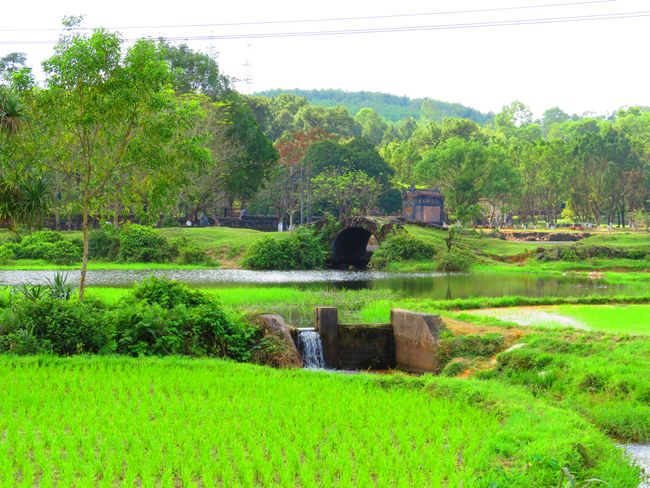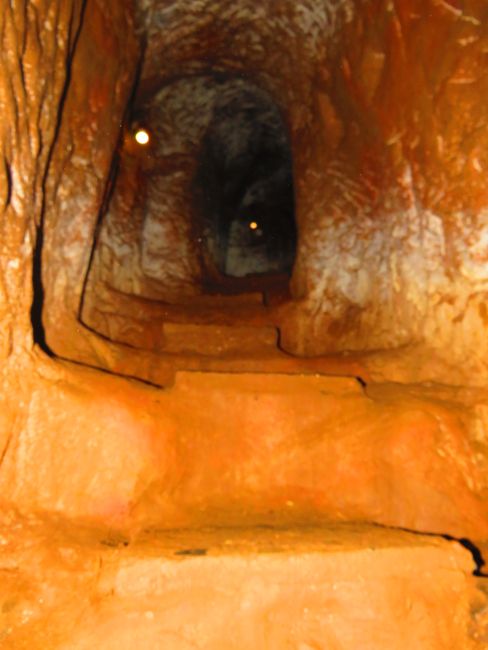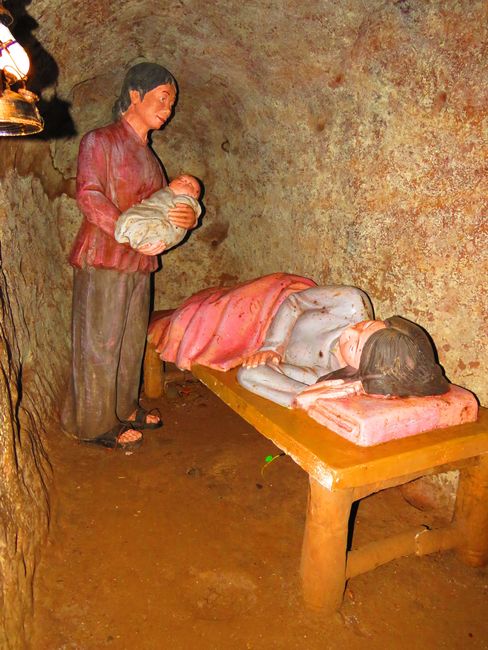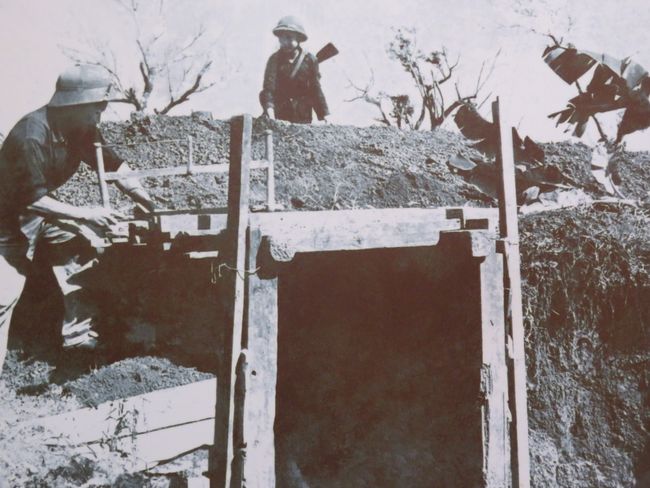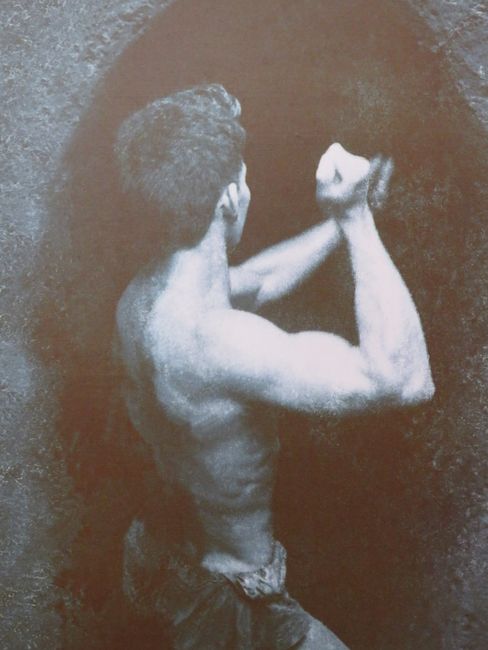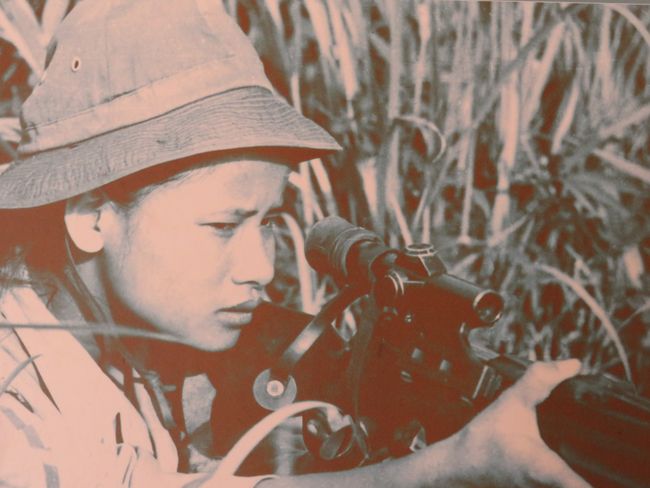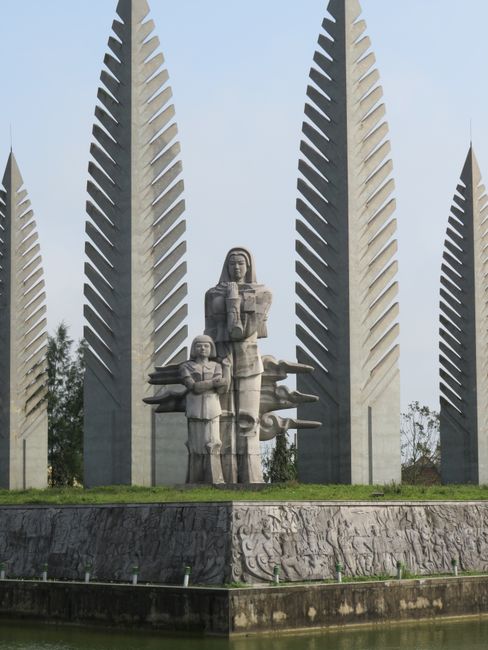18.2 - 22.2.2018 Hue
प्रकाशित: 22.02.2018
बातमीपत्राचे सदस्य व्हा
A bit nostalgic, we arrived in Hue on Sunday, 18.2, by bus from Hoi An. The day was cloudy, humid, and we were tired. Nevertheless, we walked around and found our hotel in the city. We had booked a deluxe room in a 4-star hotel. What we found was an old house where ants and geckos had made their home. We had to remind ourselves once again that a 4-star hotel in Asia does not correspond to a 4-star hotel in Europe. We are in a different country with different values. And that's a good thing. However, sometimes it is difficult for us to understand and accept the situations we are given. I should perhaps mention that we are a bit tired of exploring and planning at the moment. Over the past 8 weeks, we have met many people and experienced so much that we need a little motivation to explore the places we are in. And Hue definitely deserves to be discovered.
On Wednesday, we were picked up at 7.30 a.m. and drove with Tihke, our private tour guide, towards the demilitarized zone.
Hue is the historic capital of Vietnam (1802 - 1945) and the seat of the last emperors. It nestles on the banks of the Song Huong, also known as the Perfume River. Two theories have been given for the origin of the name: one refers to the pollen and flowers that float on the river in spring, the other to the fragrant precious woods that were transported on the river. On the northern bank, there is the area of the old citadel, the imperial fortress. It has now been largely integrated into the cityscape, as apartments and workplaces are now located in the area of the city that was previously only accessible to the emperor and his extensive court. The citadel has a square layout of just under 10 km in circumference. If you take your time, you can explore the grounds in about two hours.
After visiting the citadel on Monday, we rode motorcycles to the city center and finally found the restaurant Café On Thu Wheels. I had read about it in the guidebook and was curious to see if it would live up to its description. I was not disappointed and we had a typical Vietnamese meal. We got into a conversation with the owner and she offered us a day tour to the demilitarized zone (DMZ) with a private guide. We spontaneously agreed and arranged to meet on Wednesday.On Wednesday, we were picked up at 7.30 a.m. and drove with Tihke, our private tour guide, towards the demilitarized zone.
In 1954, the Ben Hai River was declared the 'separation line' between North and South Vietnam by the Geneva Agreement. An area of five kilometers on both sides was supposed to be a militarily free no-man's land until the elections in 1956. But the elections never took place. And so this border existed until the reunification of the country in 1975. The area was heavily fought over from 1967 to 1972. Nowhere else were there so many casualties. The traces of the war and the carpet bombing can still be seen today. In addition to ruins, huge cemeteries, memorials, and museums remind us of the horrors of the past. One should not wander off the official paths as there is still a lot of war debris scattered in the landscape. Exploding unexploded ordnance have killed or injured thousands of people in the last 40 years.
On Thursday, the journey continued north...
बातमीपत्राचे सदस्य व्हा
उत्तर द्या
